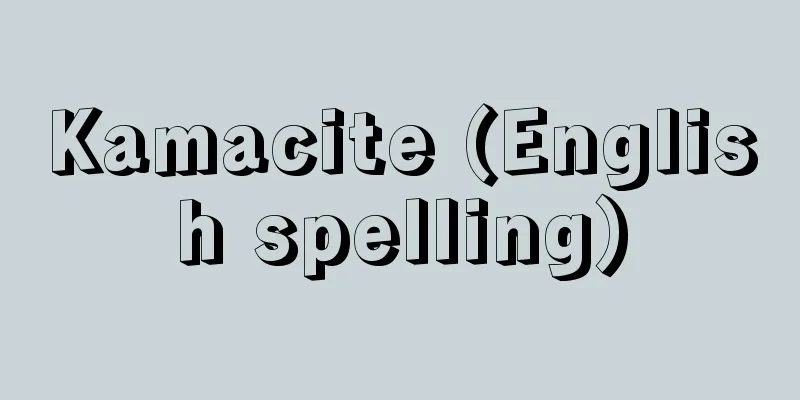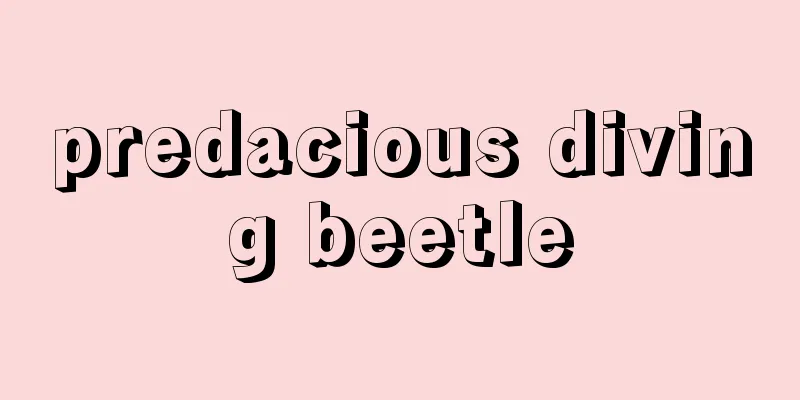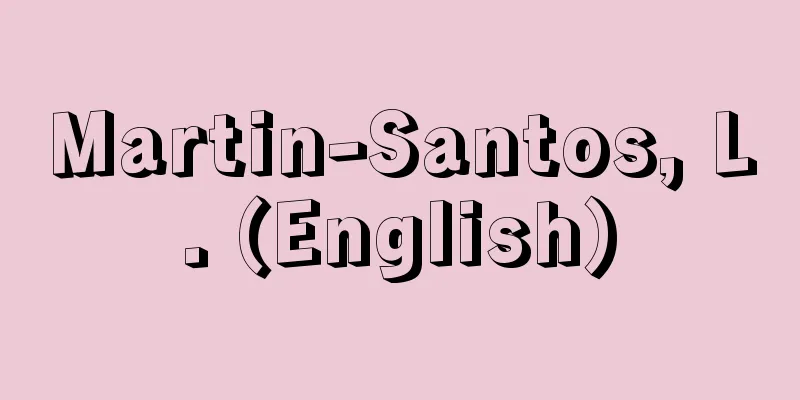Kiyoshi Miki

|
Philosopher. Born on January 5, 1897, as the eldest son of a wealthy farming family in Hirai Village, Ibo County, Hyogo Prefecture (now Tatsuno City). Entered First High School in 1914 (Taisho 3), and was deeply moved by reading Nishida Kitaro's "A Study of Good." In 1917, he entered the Department of Philosophy at Kyoto Imperial University and studied under Nishida. His graduation thesis was on "Critical Philosophy and Philosophy of History." It showed a strong influence of neo-Kantianism, but at the end he wrote, "Our fundamental issue is how universally valid values can be realized within individuality," showing his early intention to go beyond that. From 1922 to 1925, he studied in Germany and France under Rickert and Heidegger. His first publication was "Studies of Man in Pascal" (1926), a compilation of papers he had presented during his study abroad. He attempted to understand humans not as given to "consciousness" but as "absolutely concrete reality", not as a "system of philosophy", but as "life" itself, and this, together with the influence of Heidegger, shows the starting point of Miki's unique anthropology. In 1927 (Showa 2), he became a professor at Hosei University, and from this time he published many studies on Marx, including "The Marxian Form of Anthropology", and became an instant star in the academic world. This was partly inspired by the spectacular debut of Marxist theorist Fukumoto Kazuo, but he also had a hidden intention of giving his own anthropology a material foundation. These were attempts to subjectivize Marx's ideas, which had tended to be understood as fixed formulas and objective laws, as "realistic theories in the process of development," starting from "man in production in society." However, they were severely condemned by the orthodox left as "a veneer of idealism." In 1930, he was arrested for violating the Peace Preservation Law for funding the Japanese Communist Party, and after that he retired from public office and gradually distanced himself from Marxism. He published works such as "Ideological Form Theory" (1931), "Historical Philosophy" (1932), and "Humanistic Literary Theory" (1934), while also actively writing and editing magazines and lectures. He was also active in society, taking a humanistic stance, protesting against the Nazis, protesting against the Takigawa Incident at Kyoto University, and warning against the Emperor Organ Theory. In 1937, he published the first installment of "The Logic of Imagination," "Myth," and subsequently wrote "System" and "Technology," culminating in "The Logic of Imagination, Vol. 1" (1939). He also wrote "Experience" and predicted "Language," but left it unfinished. Although this work is not a systematic description in terms of style, along with "Philosophical Notes," which he published at the same time, it was an attempt by Miki to give a certain form to his own thoughts. The most comprehensive description of Miki's thought is found in "Introduction to Philosophy" (1940). It is imprinted with the influence of his lifelong mentor Nishida, as well as his experiences with Marx. He does not see reality as an "object," but as the "foundation" where one "works, thinks, and dies," and focuses on humans as "subjective and objective things," developing a philosophy of "technology" that shapes the self by creating the world. During this time, he participated in the policy group "Showa Research Association" of the Konoe Fumimaro Cabinet, wrote "Principles of Thought for a New Japan" (1939), which became its theoretical mainstay, and proposed the "East Asian Cooperative Society Theory." However, his resistance to the times gradually changed from a sense of despair to a sense of emptiness, and he began to lean toward Shinran's idea of the Latter Days of the Law. In March 1945, he was charged again with violating the Peace Preservation Law for harboring his friend, Takakura Teru, and was not released even after the war ended. He died in prison on September 26 of the same year in Toyotama Prison House in Tokyo. In 1964, a monument to Miki Kiyoshi's philosophy was erected in Shirasagiyama Park in his hometown of Tatsuno. [Kazunori Watanabe September 16, 2016] "The Complete Works of Miki Kiyoshi, 19 volumes (1966-1968, Iwanami Shoten)" ▽ "Notes on a Theory of Life" (Shincho Bunko) ▽ "Introduction to Philosophy" (Iwanami Shinsho) ▽ "Philosophy and Life by Miki Kiyoshi (Kodansha Bunko)" ▽ "Miki Kiyoshi by Karaki Junzo (1950, Chikuma Shobo)" ▽ "Miki Kiyoshi by Miyagawa Toru (1958/New edition, 2007, University of Tokyo Press)" ▽ "Miki Kiyoshi by Arakawa Ikuo (Kinokuniya Shinsho)" [References] | | | | | | |©Shogakukan Library "> Kiyoshi Miki Source: Shogakukan Encyclopedia Nipponica About Encyclopedia Nipponica Information | Legend |
|
哲学者。明治30年1月5日、兵庫県揖保(いぼ)郡平井(ひらい)村(現、たつの市)の富裕な農家の長男として生まれる。1914年(大正3)第一高等学校に入学、西田幾多郎(にしだきたろう)の『善の研究』を読んで感動し、1917年京都帝国大学哲学科に入り西田に師事した。卒論は「批判哲学と歴史哲学」。新カント派の影響が強く示されているが、末尾で「普遍妥当的な価値は如何(いか)にして個性のうちに実現されるか、これが我々の根本課題である」と記し、早くもそれを超えていく姿勢がみられる。 1922年から1925年までドイツ、フランスに留学、リッケルト、ハイデッガーに学んだ。留学中から発表していた論稿をまとめて『パスカルに於(お)ける人間の研究』(1926)を処女出版。「意識」に与えられた人間ではなく「絶対に具体的なる現実」としての人間を、「哲学の体系」としてではなく「生」そのものにおいて理解しようとしており、ハイデッガーの影響とともに、三木独自の人間学の出発点が示されている。1927年(昭和2)法政大学教授となるが、このころから「人間学のマルクス的形態」をはじめ多くのマルクス研究を発表、一躍論壇のスターとなった。これは、マルクス主義の理論家福本和夫(ふくもとかずお)の華々しいデビューに刺激された面もあるが、自らの人間学に物質的な基礎を与えようとする意図を秘めていた。それらは、固定した公式として客観的な法則として理解されがちだったマルクスの思想を、「社会に於(おい)て生産しつつある人間」から出発して「発展の過程にある現実的なる理論」として主体化しようとする試みであった。しかし、正統派左翼からは「観念論の粉飾形態」として厳しく断罪された。 1930年、日本共産党に資金を提供したかどで治安維持法違反に問われて検挙され、以後公職を退き、マルクス主義からもしだいに距離を置くようになった。『観念形態論』(1931)、『歴史哲学』(1932)、『人間学的文学論』(1934)などを公刊する一方、雑誌や講座の執筆、編集に精力的に活動した。また、ヒューマニズムの立場にたって、ナチスへの抗議、京大滝川事件への抗議、天皇機関説問題への警告など、社会的にも活発に動いた。1937年「構想力の論理」第1回「神話」を発表し、以後「制度」「技術」と書き継いで、『構想力の論理 第一』(1939)をまとめた。さらに「経験」を書き、「言語」を予告したが未完に終わった。これは、スタイルのうえでは体系的な叙述になっていないが、同時期に並行して発表した『哲学ノート』とともに、自らの思索に一定の形を与えようとする三木の試みであった。 三木の思想のもっともまとまった叙述は『哲学入門』(1940)にみられる。ここには、終生の師である西田の影響とともに、マルクス体験も刻印されている。現実を「対象」としてではなく、「そこで働き、そこで考え、そこに死ぬる」「基底」とし、「主観的・客観的なもの」としての人間に着目し、世界を創造することによって自己を形成する「技術」の哲学を展開している。この間、近衛文麿(このえふみまろ)内閣の政策集団「昭和研究会」に参画、理論的主柱となる「新日本の思想原理」(1939)を書き、「東亜協同体論」を提起した。しかし、時代への抵抗は、しだいに絶望感から虚無感へと変化し、親鸞(しんらん)の末法思想へと傾いていく。1945年(昭和20)3月、友人タカクラ・テルをかくまったかどでふたたび治安維持法違反に問われ、戦後も釈放されないまま、同年9月26日東京の豊多摩拘置所で獄死した。1964年故郷のたつの市白鷺山公園(しらさぎやまこうえん)内に三木清哲学碑が建立された。 [渡辺和靖 2016年9月16日] 『『三木清全集』全19巻(1966~1968・岩波書店)』▽『『人生論ノート』(新潮文庫)』▽『『哲学入門』(岩波新書)』▽『三木清著『哲学と人生』(講談社文庫)』▽『唐木順三著『三木清』(1950・筑摩書房)』▽『宮川透著『三木清』(1958/新装版・2007・東京大学出版会)』▽『荒川幾男著『三木清』(紀伊國屋新書)』 [参照項目] | | | | | | |©小学館ライブラリー"> 三木清 出典 小学館 日本大百科全書(ニッポニカ)日本大百科全書(ニッポニカ)について 情報 | 凡例 |
<<: Mixer - mixer (English spelling)
>>: Migjeni (English spelling)
Recommend
Zwinger Palace - Zwinger Palace
Zwinger is a late Baroque palace in the old town o...
rigid structure
...This term, which is the opposite of a rigid st...
Commercial theatre
Theater is a corporate performance whose main purp...
Face position - Gan-i
…This is called vertex or occipital presentation....
Kashin, R.
...The north face is particularly famous in the h...
Shimaisaki (Striped Isaki) - Shimaisaki (English name) Terapon oxyrhynchus
A marine fish of the family Acanthidae in the orde...
Hyposmia
… [Olfaction abnormalities] Olfactory disorders a...
Oyamazaki Oil Company
In the Middle Ages, the oil za flourished with it...
Ashida River
A river that flows through the eastern part of Hi...
Practical studies
Practical learning. In the Edo period, in contras...
Large mirror - Oogami
A historical tale from the late Heian period. It ...
Both, J.
...Furthermore, the cutthroat free competition to...
Teito Rapid Transit Authority - Teito Rapid Transit Authority
A public corporation that built and operated the ...
nouvelle cuisine
In the 20th century, the simplification of cookin...
Arasaki Coast - Arasaki Coast
A beach in Sakata City, Yamagata Prefecture. It ha...









